

Shanghai is the shiniest gem in modern China’s jewel box. It’s a hip, contemporary city charging into the future with all the energy of its famous Maglev train. Yet, if you veer away from the sleek highways and glitzy shopping streets you can still stumble upon a more traditional Shanghai, with all its character and flavour. In the tiny back streets, wet-market vendors peddle their wares — buckets of bright green vegetables, fish flapping in shallow plastic bowls, and heaps of crayfish crawling over each other.
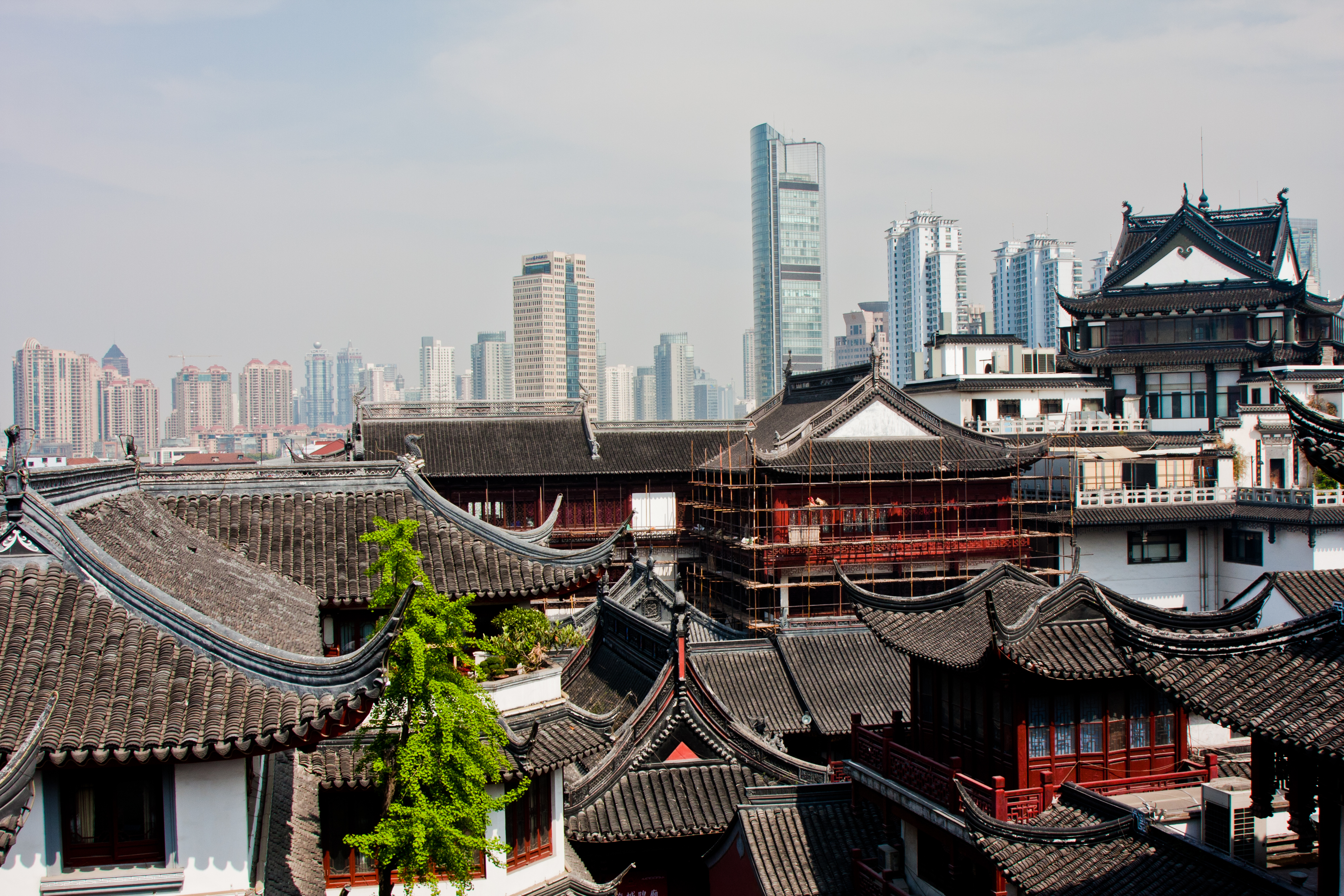 Christina McWilliams/Shutterstock.com
Christina McWilliams/Shutterstock.com
The City
Shanghai’s most famous attraction is the Bund. This was where the colonial merchants of the late nineteenth and early twentieth centuries built the headquarters for their trading firms and banks. Still today, these vast, august edifices boom of power — but now the roofs are topped with the red and yellow flags of the People’s Republic and the buildings below house designer clothing shops as well as banking headquarters.
Across the Huangpu River, there’s a greater transformation still. 30 years ago, this was sleepy farmland — now, Pudong is a booming financial and economic district. Just back from the waterfront lays the old city, a tangle of tiny lanes where the locals still live as they have for decades. Even in these traditional lanes, though, the wrecking ball is wreaking its havoc: walk around them now before it’s too late. Further west lays the French Concession, where large colonial houses are being rapidly converted into high-end bars and restaurants.
For shoppers, Shanghai is still a kind of heaven. Markets are regularly being uprooted and rehoused as part of the urban planners’ mission to make the city better and brighter than ever before. There are still fabulous deals to be had at the fabric market, wonderful trinkets and antiques in Dongtai Road and good-value custom-made furniture for those with a shipping crate to spare.
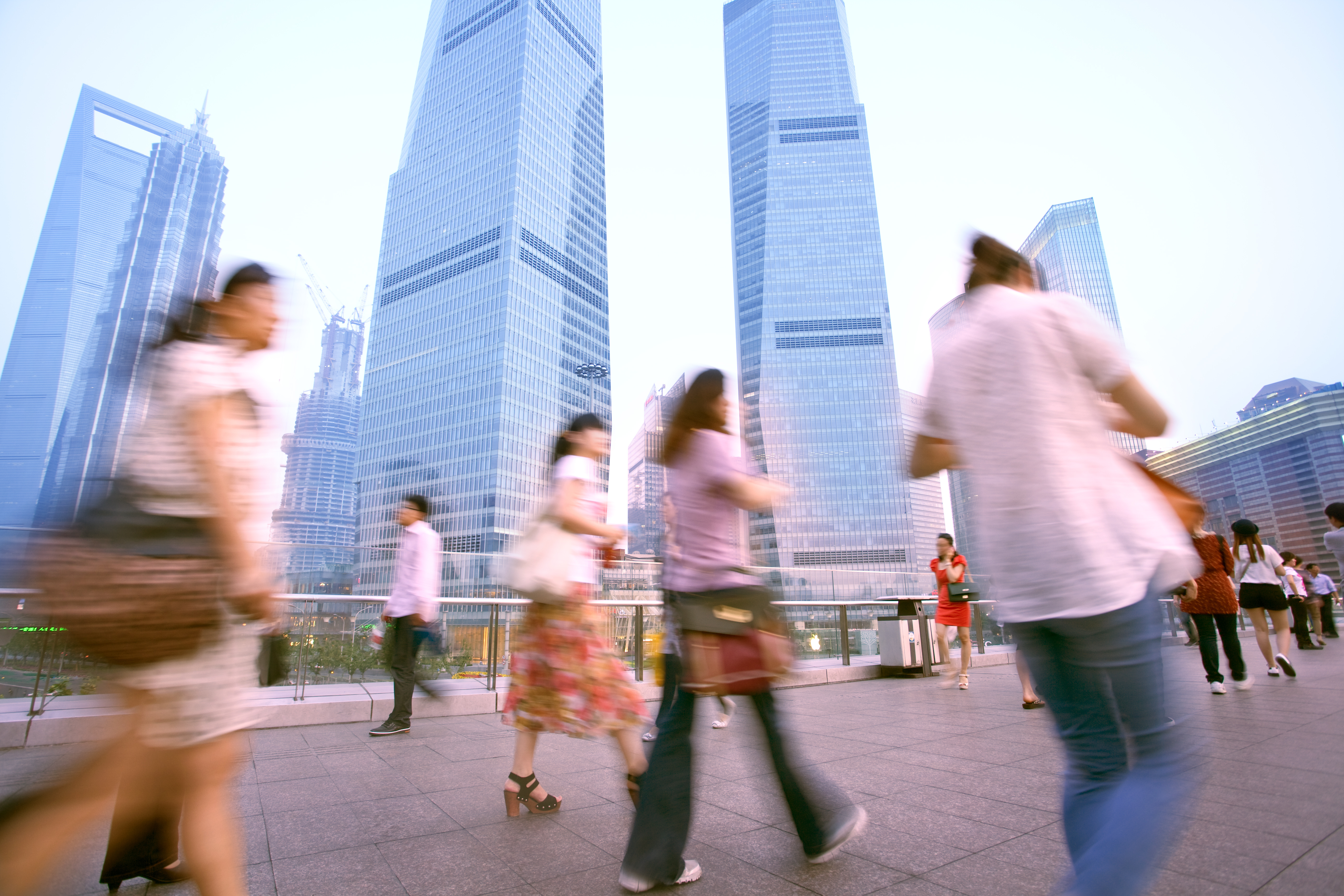 wang song/Shutterstock.com
wang song/Shutterstock.com
Do & See
Shanghai really is a delightful city to explore. See skyscrapers alongside surviving colonial buildings and visit the Shanghai Museum to get an insight into the city's past and just how rapidly it has changed within the last decade. Early birds must visit one of Shanghai’s many parks, where thousands gather daily for morning exercise.
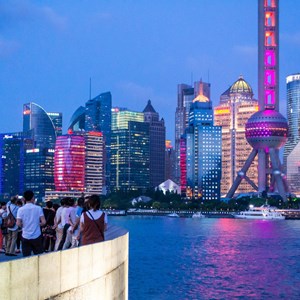 Daniel Valenzuela/ArrivalGuides
Daniel Valenzuela/ArrivalGuides
The Bund
 MinDof / Shutterstock.com
MinDof / Shutterstock.com
Tian'ai Lu
 claudio zaccherini/Shutterstock.com
claudio zaccherini/Shutterstock.com
People's Square
 ABCDstock/Shutterstock
ABCDstock/Shutterstock
Nanjing Road Pedestrian Street
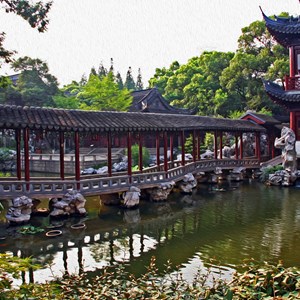 Greir/Shutterstock.com
Greir/Shutterstock.com
Yu Garden
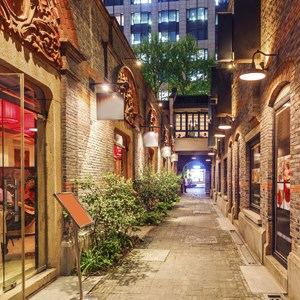 4045/Shutterstock.com
4045/Shutterstock.com
Xintiandi
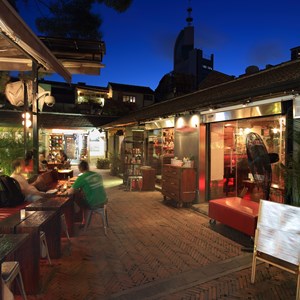 cyo bo / Shutterstock.com
cyo bo / Shutterstock.com
Tianzifang
 Luciano Mortula - LGM/Shutterstock
Luciano Mortula - LGM/Shutterstock
Jin Mao Tower
 Philip Lange/Shutterstock.com
Philip Lange/Shutterstock.com
Jade Buddha Temple
 Mireia Llum/Shutterstock.com
Mireia Llum/Shutterstock.com
Shanghai Disneyland Park
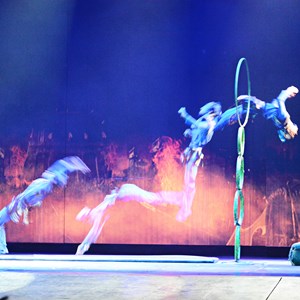 yongyuth limpasute/Shutterstock.com
yongyuth limpasute/Shutterstock.com
Shanghai Circus World
 oceanfishing/Shutterstock.com
oceanfishing/Shutterstock.com
Oriental Pearl TV Tower
 wavebreakmedia/Shutterstock.com
wavebreakmedia/Shutterstock.com
Shanghai Ocean Aquarium
 RossHelen/Shutterstock
RossHelen/Shutterstock
Shanghai Science & Technology Museum
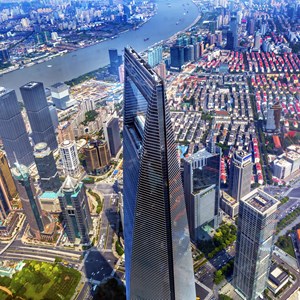 Bill Perry/Shutterstock.com
Bill Perry/Shutterstock.com
Shanghai World Financial Center
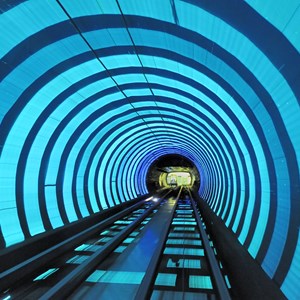 robert paul van beets/Shutterstock.com
robert paul van beets/Shutterstock.com
Bund Tourist Tunnel
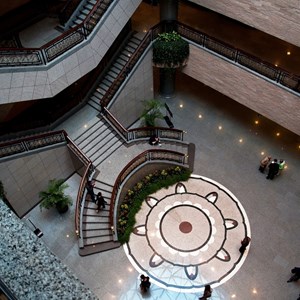 Openfinal/Shutterstock.com
Openfinal/Shutterstock.com
Shanghai Museum
 bigfatcat/Shutterstock.com
bigfatcat/Shutterstock.com
Dining
The Chinese like to eat, and Shanghai is a city where this characteristic national trait finds its ultimate reflection. From chic and elegant international restaurants to local dumpling joints, Shanghai is where you can easily eat your way around the globe. Whether you like your portions exquisitely presented or prefer a tangled mountain of noodles, you will find it all here.
A note on tipping: it’s officially prohibited in China. While it has become usual to tip tour guides on organised outings, it is not common to tip taxi drivers or the staff of bars and restaurants.
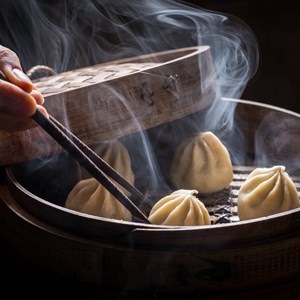 Shaiith/Shutterstock.com
Shaiith/Shutterstock.com
Crystal Jade
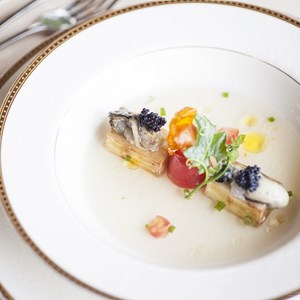 10 FACE/Shutterstock.com
10 FACE/Shutterstock.com
M On The Bund
 Tonywang86/Shutterstock.com
Tonywang86/Shutterstock.com
South Beauty
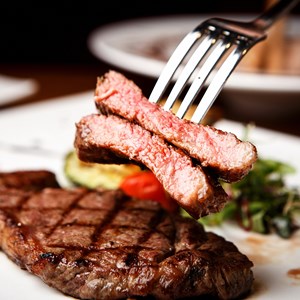 TMON/Shutterstock.com
TMON/Shutterstock.com
CHAR Bar
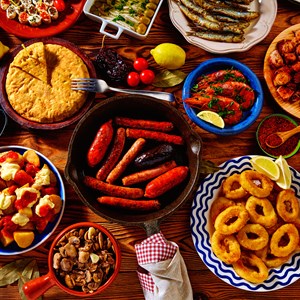 holbox/Shutterstock.com
holbox/Shutterstock.com
El Willy
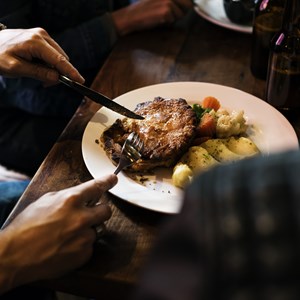 Rawpixel.com/Shutterstock.com
Rawpixel.com/Shutterstock.com
Franck
 Robertas Casnovicius/Shutterstock.com
Robertas Casnovicius/Shutterstock.com
Ultraviolet
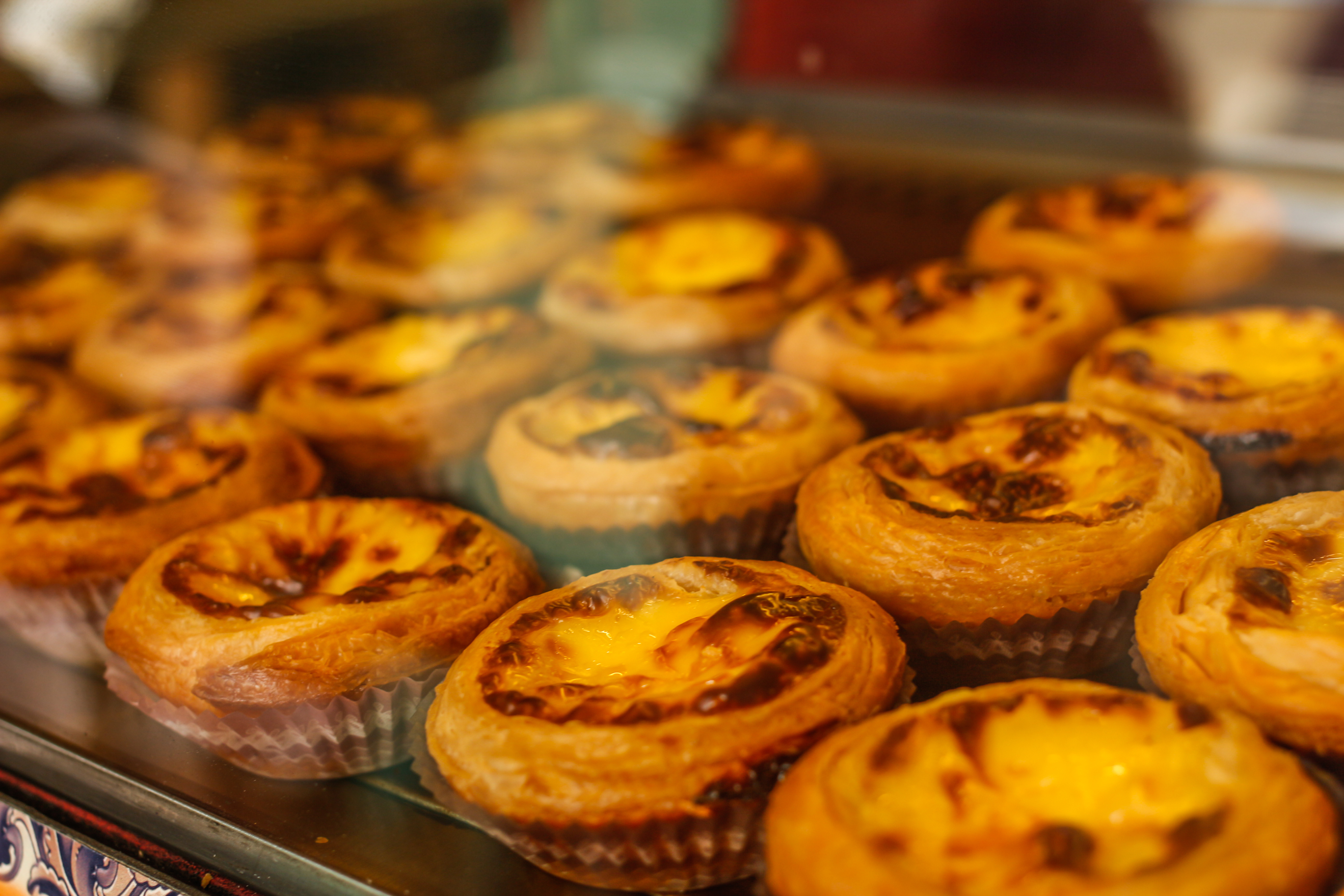 Foto.Touch/Shutterstock.com
Foto.Touch/Shutterstock.com
Cafés
Coffee culture is not deep-rooted in Shanghai, however, dozens of coffee shops have sprung up all across the city in recent years. While locals tend to go for Western coffee chains and bubble tea sold at hole-in-the-wall takeaway shops, foreign visitors may rather gravitate towards a traditional tea house and experience the Chinese tea culture.
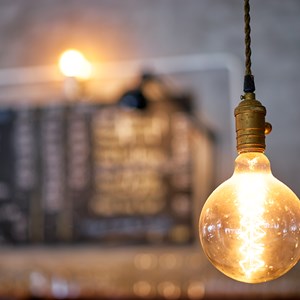 Kudla/Shutterstock.com
Kudla/Shutterstock.com
Antique Garden
 NatashaPhoto/Shutterstock.com
NatashaPhoto/Shutterstock.com
Abbey Road
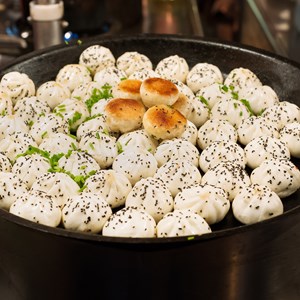 Stripped Pixel/Shutterstock.com
Stripped Pixel/Shutterstock.com
Yang's Fried Dumpling
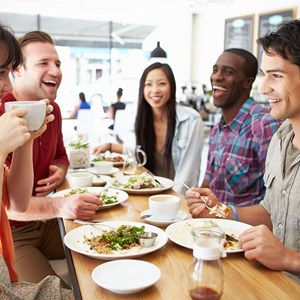 Monkey Business Images/Shutterstock.com
Monkey Business Images/Shutterstock.com
Baker & Spice
 Maridav/Shutterstock.com
Maridav/Shutterstock.com
Bars & Nightlife
Some cities simply never sleep, and Shanghai is certainly one of those. In Shanghai, the party lasts till daylight - and then starts over. Like everything in Shanghai, the bar scene is developing fast with new venues opening every month. Gone are the grey days when fun was frowned upon as a bourgeois pursuit. Contemporary Shanghai is making up for lost time with everything from pulsating house music to sultry jazz.
 Monkey Business Images/Shutterstock.com
Monkey Business Images/Shutterstock.com
Cottons
 Kzenon/Shutterstock.com
Kzenon/Shutterstock.com
The Glamour Bar
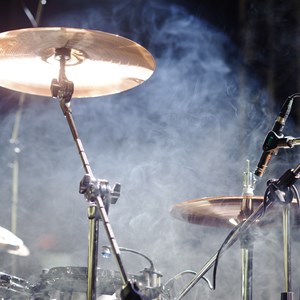 Sorbis/Shutterstock.com
Sorbis/Shutterstock.com
House of Blues and Jazz
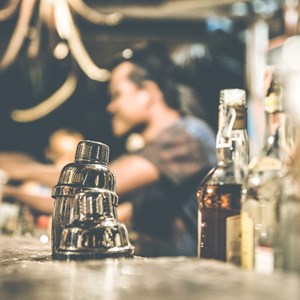 View Apart/Shutterstock.com
View Apart/Shutterstock.com
Barbarossa Lounge
 Pressmaster/Shutterstock.com
Pressmaster/Shutterstock.com
M1NT
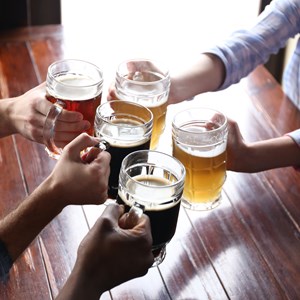 Africa Studio/Shutterstock.com
Africa Studio/Shutterstock.com
Boxing Cat Brewery
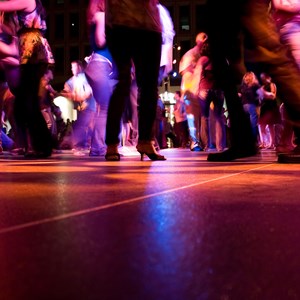 ARENA Creative/Shutterstock.com
ARENA Creative/Shutterstock.com
Paramount
 archimede/Shutterstock.com
archimede/Shutterstock.com
Dr Wine
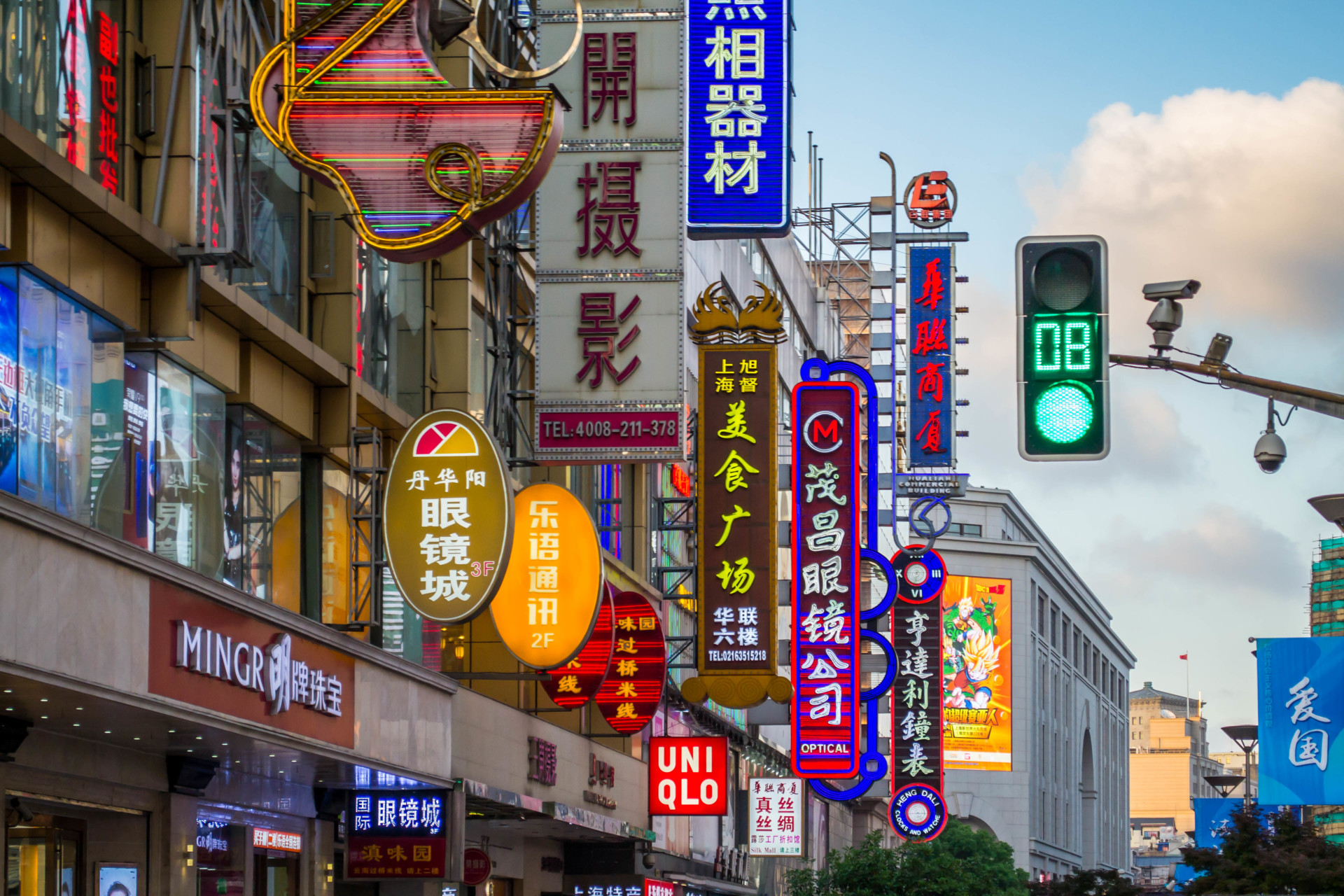 Daniel Valenzuela/ArrivalGuides
Daniel Valenzuela/ArrivalGuides
Shopping
Shanghai's shopping scene is a vibrant mix of luxury boutiques, modern malls, and bustling street markets. High-end destinations like Nanjing Road, Huaihai Road, and the IFC Mall in Pudong feature flagship stores of international luxury brands such as Louis Vuitton and Gucci. Modern shopping malls, including Plaza 66, Grand Gateway 66, and IAPM Mall, provide a blend of luxury, mid-range, and high-street brands, along with diverse dining and entertainment options.
For a more local experience, street markets like Tianzifang, Yuyuan Bazaar, and AP Plaza offer everything from traditional crafts and souvenirs to trendy fashion and accessories. Time-honoured department stores like Shanghai No. 1 Department Store and Jiuguang Department Store showcase a wide range of products, including clothing, cosmetics, and home goods.
Specialty areas such as the French Concession and Xintiandi feature boutique shops and unique designer stores, blending upscale retail with historic charm. Additionally, tech enthusiasts can explore Xujiahui and Cybermart for the latest gadgets.
 Tom Wang/Shutterstock.com
Tom Wang/Shutterstock.com
Three on the Bund
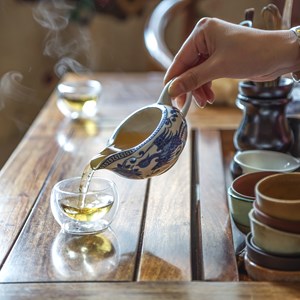 hxdyl/Shutterstock.com
hxdyl/Shutterstock.com
Tianshan Tea City
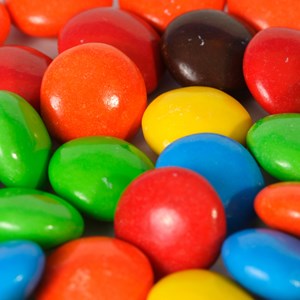 Felix Mizioznikov / Shutterstock.com
Felix Mizioznikov / Shutterstock.com
M&M's World
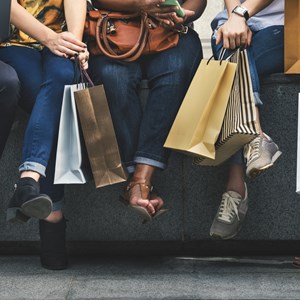 Rawpixel.com / Shutterstock.com
Rawpixel.com / Shutterstock.com
Joy City
 michaeljung/Shutterstock.com
michaeljung/Shutterstock.com
Disney China Flagship Store
 ABCDstock/Shutterstock
ABCDstock/Shutterstock
Nanjing Road Pedestrian Street
 4045/Shutterstock.com
4045/Shutterstock.com
Xintiandi
 chuyuss/Shutterstock.com
chuyuss/Shutterstock.com
Shanghai Old Street
 Daniel Valenzuela/ArrivalGuides
Daniel Valenzuela/ArrivalGuides
Tourist Information
Best Time To Visit
Most of Shanghai's attractions are city sights, so the change of seasons has little impact. However, given the weather, it is recommended to visit in spring or autumn, for winter might get too cold and summer too hot for comfort. There is also the possibility of typhoons during summertime and even early autumn. Try to avoid Chinese public holidays, such as between October 1st and 7th, during which the city could be flooded by local tourists.
Address:
Email:
Phone:
Website:
More Information:
Shanghai Pudong International Airport (PVG)
Shanghai has two airports one of them is the international airport in Pudong, 35 km from the city centre.
From the Pudong Airport, the most enthralling way to travel is on the Maglev (the high-speed magnetic-rail train) to Longyang Road in Pudong. There is an underground station and a taxi rank at Longyang Road for onward travel.
Metro Line 2 is available when departing or arriving at Pudong International Airport. Operating Time 6 am 10 pm and leaves every 8.5 minutes.
A taxi from Pudong Airport to the city centre takes up to an hour. Make sure you have your destination written in Chinese.
The airport has regular shuttle buses to many areas in the city and the major hotels have desks at the airport and will arrange the transfer.
Address: Shanghai Pudong International Airport
Email:
Phone: +86 21 96990
Website: www.shairport.com/ensh/index.html
More Information:
Shanghai Hongqiao International Airport (SHA)
Another airport called Hongqiao Airport, which handles domestic flights, lies 15 km from downtown. Both Metro and buses run from this airport. A taxi from Hongquiao Airport will take 30-45 minutes. Make sure you have your destination written in Chinese. Hongqiao Airport has regular shuttle buses to many areas in the city. The major hotels have desks at the airport and will arrange the transfer.
Address: Shanghai Hongqiao International Airport
Email:
Phone: +86 21 96990
Website: www.shairport.com/ensh/index.html
More Information:
Maglev
If you fly into Shanghai’s International Airport in Pudong, be sure to take the Maglev into town rather than a taxi or regular metro. The Maglev is China’s futuristic magnetic levitation train and the fastest ride in its technological repertoire. The journey only lasts a few minutes, but during that time the train can reach a top speed of 430 kilometres per hour (although the average is closer to 300 km/h).
Address:
Email:
Phone:
Website:
More Information:
Internet Access and VPN in China
Due to the Internet policy of China, certain websites and applications are not accessible from the mainland, including those very commonly used in the West (Facebook, Instagram, X, Google, Skype and more). Some travellers have been able to gain access to those via a VPN service (installed prior to arrival in China).
Make sure you comply with local laws and regulations when deciding on whether or not to employ a VPN, and which one to choose (if you do, only use those explicitly allowed by the Chinese government, and only use them for authorised purposes to avoid any trouble). There have been reports of foreigners in China getting their cell service cut off in response to unauthorised use of VPN being detected; restoring cell service required a trip to the local police station where the contents of the device were investigated and certain apps removed.
Given that Google is banned in China, Google Maps might not be the most accurate and reliable source of information. Some local apps such as Baidu Maps and AutoNavi tend to work better than Google Maps.
Address:
Email:
Phone:
Website:
More Information:
Metro
The Shanghai Metro is an efficient, affordable, and user-friendly mode of transportation for visitors. Its network has over 400 stations connecting major business districts, tourist attractions, residential areas, and airports. All metro stations and trains have signs and announcements in both Chinese and English, making it easier for non-Chinese speakers to navigate. Trains run frequently, usually every 2-5 minutes during peak hours and every 5-10 minutes during off-peak times.
You can pay for metro rides using the Shanghai Public Transportation Card (also known as the Shanghai Jiaotong Card), which can be topped up at stations and convenience stores. Mobile payment options like Alipay and WeChat Pay are also widely accepted. There are several mobile apps available that provide real-time information about the metro system, including maps, schedules, and route planners.
Address:
Email:
Phone:
Website:
More Information:
Bus
Buses in Shanghai are usually busy and the network can be complicated to negotiate for non-speakers of Chinese. The 911, which runs along Huaihai Road, can be useful.
Keep some loose change when travelling by bus, coins need to be placed in the slot at the entrance.
Address:
Email:
Phone:
Website:
More Information:
Taxi
In Shanghai, finding a taxi is generally easy, especially in busy areas, commercial districts, and nearby hotels and tourist attractions.
Ride-sharing apps like DiDi, the most popular in China, offer a convenient alternative to traditional taxis.
Address:
Email:
Phone:
Website:
More Information:
Telephone
Country code: +86
Area code: 21
Address:
Email:
Phone:
Website:
More Information:
Electricity
In China, the standard voltage is 220V at a frequency of 50Hz. There are three kinds of sockets widely used in Mainland China: type A, C, and I. Type C, which has two round pins, is the one commonly seen in most European countries.
Address:
Email:
Phone:
Website:
More Information:
Post
The main post office in Shanghai is located at 276 Sichuan North Road in the Hongkou District. It is situated near the northern end of the Bund, making it easily accessible from many central locations in Shanghai. The Shanghai General Post Office provides a full range of postal services, including mail and parcel delivery, express services, and various other postal and financial services.
Address: 276 Sichuan North Road, Shanghai
Email:
Phone:
Website:
More Information:
Pharmacy
Pharmacies are not hard to find in the city, just look for the green cross. One of the main pharmacy chains in Shanghai is called Yifeng. Besides being a major supermarket chain, Lianhua Supermarket also operates pharmacies within many of its stores, offering a wide range of over-the-counter medications and health products.
Address: Shanghai Yifeng Super Drugstore - Wangyun Road, Huangpu, Shanghai
Email:
Phone: +86 21 6366 5987
Website:
More Information:



